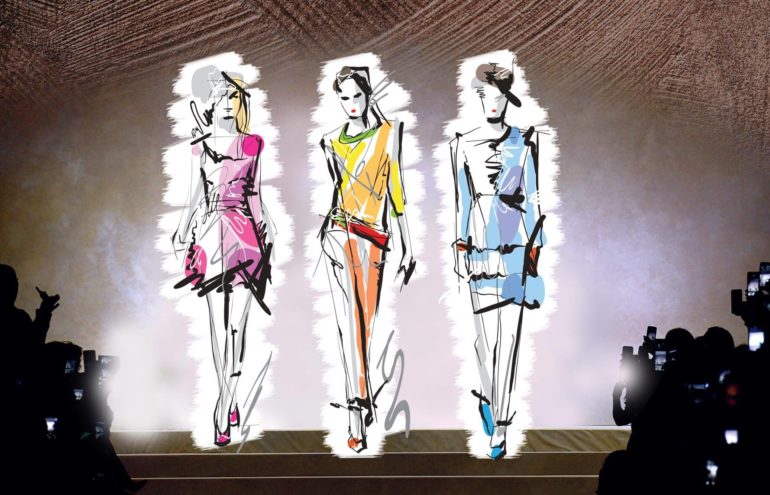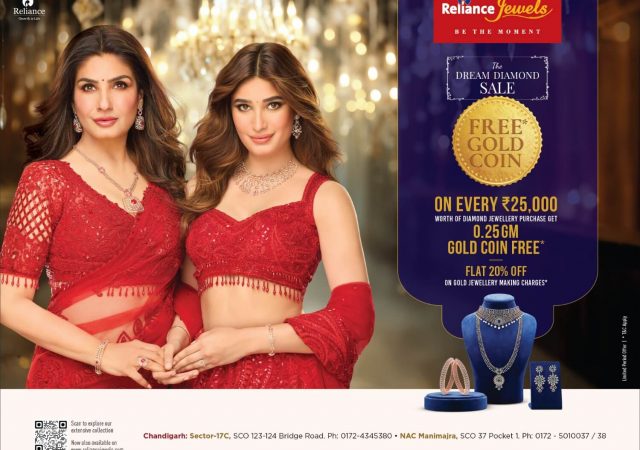What do we think about when we hear the word ‘fashion’? The glamour, the glitter, the sheen, and the bold and beautiful aspirational lifestyle of millions.
What is it that is synonymous with fashion today? The term ‘Supermodels’. We say it all the time! Every designer wishes to showcase their best outfits on the most beautiful models, which they say enhances the outfit on its own. A model makes an outfit look good, a supermodel makes the outfit hers and owns it!
The definition of supermodel has changed greatly through the years. The beginning of the trend of models posing for the cameras, and designers wanting beautiful women and men to wear their creations was in the 1940s and ‘50s; with Bettina working with the likes of Christian Dior and Hubert de Givenchy. She defined the revolutionary ‘New Look’. She was highly paid and overly celebrated in the ‘50s. The ‘60s saw the popularising of the decline of the corset, petite figures and wide eyes with Twiggy, who became a sensation, followed by Jean Shrimpton at the end of that decade. The ‘70s saw a breath of fresh air with 26 appearances of American Vogue title holder, Lauren Hutton. This era also saw the first black model – Beverly Johnson featured on the renowned magazine’s cover.
It is said that it was the 1980s which actually saw the beginning of the Modern Supermodel. These supermodels were not just about magazines and fashion; they endorsed products like Pepsi, Ford Trucks, etc. It was all about fashion turning into a lifestyle, and models making a mark in the world.
The 1990s was said to be the Peak Era, aka, ‘The Supermodel Era’. It was the ‘90s that saw the heydays of supermodels in the British Vogue, namely, Naomi Campbell, Cindy Crawford, Christy Turlington, Linda Evangelista and Tatjana Patitz – they were the supermodels of their day. The girls were widely loved and recognised. The media wanted to know all about them. The girls were known for their personalities, beauty, excellent endorsements and their relationships. Suddenly everybody wanted to know who was dating whom and what the girls ate to look so pretty! They were paid exceptionally well and celebrated all around the globe. Evangelista famously stated that she would not get out of the bed for anything less than $10,000 a day. The decade also saw the famous heroin chic and the rise of one of the supermodels of all times – Kate Moss. By the end of the ‘90s, the celebrities began to go back to magazine covers and advertising campaigns, citing an end to the peak.
The 1990s saw how a group of women defined their profession of being the top models of the world. Together, they reclaimed the covers of all the magazines, rivaled their salaries, they did it all. They dated the heartthrobs, married Hollywood personalities and were the toast of all the glamorous parties and gossip columns. Everything was about them. The word ‘glamour’ became synonymous with the Supermodels.
The beauties and the supergirls rose to fame with their identities and passion. But that lovely era changed with the arrival of Kate Moss’s grunge and androgynous look. She created the understated ‘heroin-chic’ which proved tenacious. The prosperity of the supermodels was not long-lived when famous singers and actresses seemed to take over the magazine covers and the entire fashion scenario. Everybody wanted to see a face that they connected with, rather than a face which was just extremely well-maintained and glorious to look at.
The sad reality struck when the term ‘super’ started to fade out. It was always associated with the original group of women in the ‘90s and somehow seemed to function that way always. These were the women who helped merge fashion and celebrity into the hybrid world we live in today. It is also said that the merging is the reason why the models and the celebrities live a parallel life. We have always thanked the Supermodel era for creating the platform for all celebrities, models and the media today. The glamour industry may not be like it was in the ‘90s, but the basics of it still remain the same, for all times.










